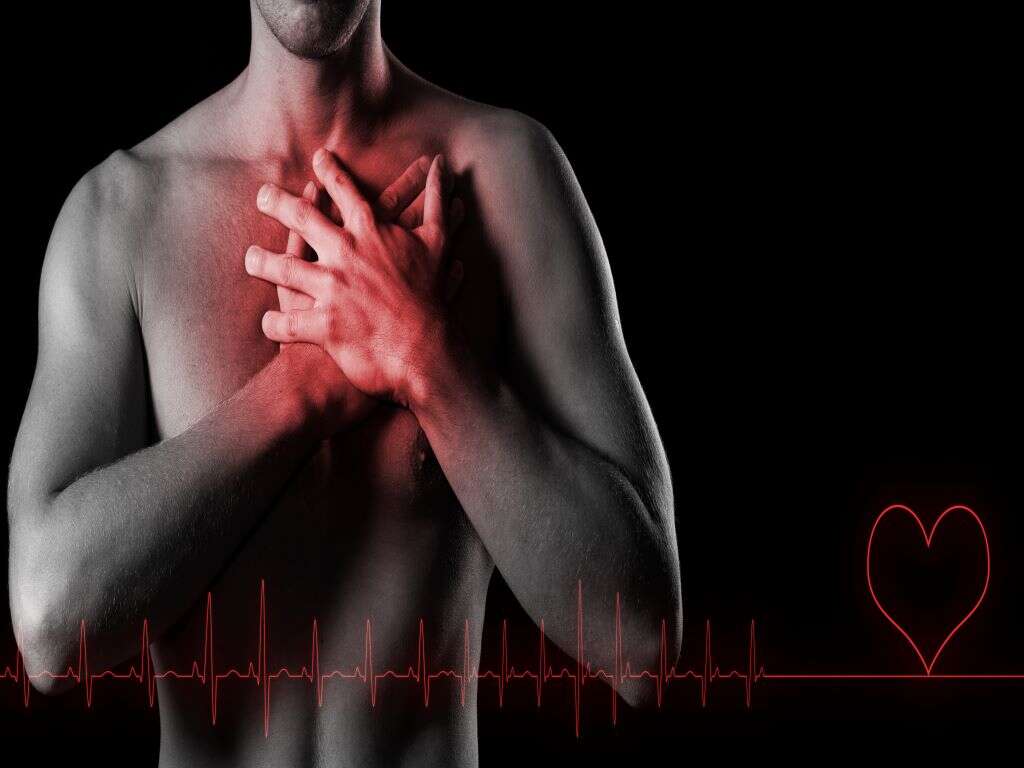What Is Brugada Syndrome?
Problems with the heart are something that should be taken very seriously indeed. Problems with some of our other organs are also serious, but you are not always at immediate risk should something go wrong. If your heart was to stop working properly, however, then you’d be in very serious trouble.
Some people will experience problems such as the heart having an irregular heartbeat. Brugada syndrome is a fairly rare condition that can cause these problems. It is a potentially serious condition that can lead to fatalities, so it should be treated as such. If you do suspect you have the condition or any other heart problem, then you should speak with a doctor as soon as possible.
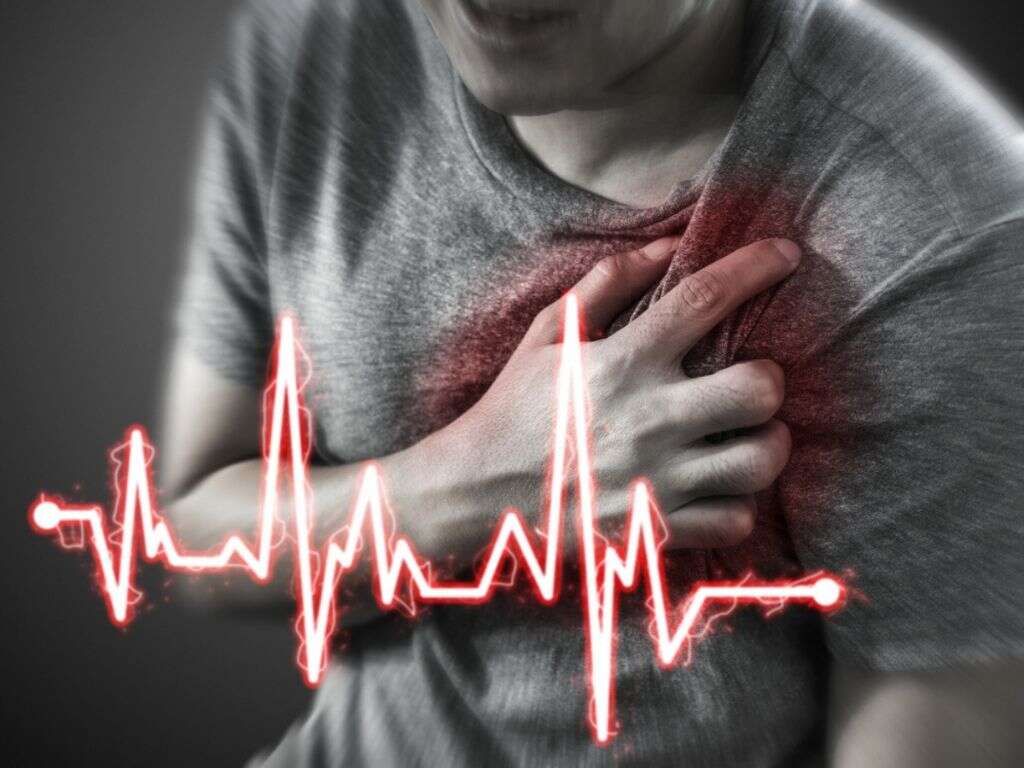
1. Electric Signals
All of us have electrical signals flowing through our body. These signals are messages that tell certain muscles to contract, and this allows for movement of our body and the functioning of our organs. These signals travel from cells in the body to the brain, and back in the other direction. Our heart also relies on these signals in order to function properly. Electrical signals are generated that stimulate the hearts muscles into contracting and maintaining a rhythm that helps to keep the blood flowing smoothly. In instances of Brugada syndrome, these signals are mixed and the heart cannot beat properly.
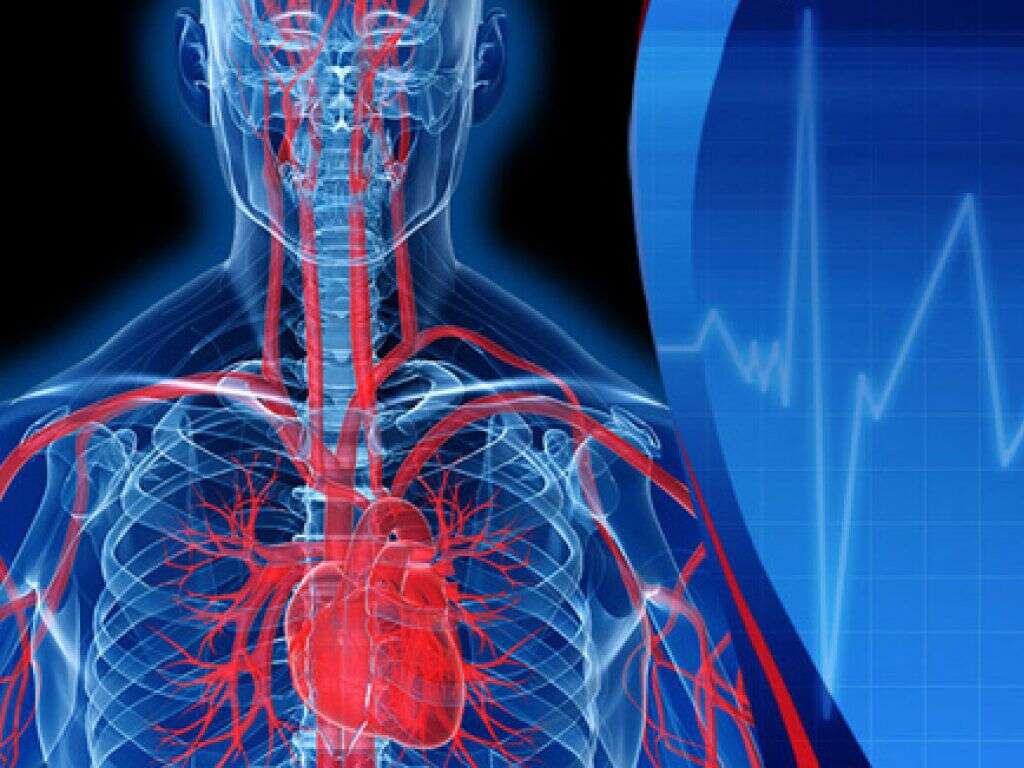
2. Ion Imbalances
The reason that the hearts electrical signals are confused in this way is because of the imbalance of ions in the heart. These ions are sodium and potassium, and these help to ensure that electrical messages can be passed from cell to cell in the body.
Without them, it will be harder for the messages to travel from cell to cell and this can lead to a variety of problems. In cases of Brugada syndrome, the ions are imbalanced because the flow of these ions into the hearts cells are disrupted. Other conditions that involve ion imbalances can result in similar symptoms.
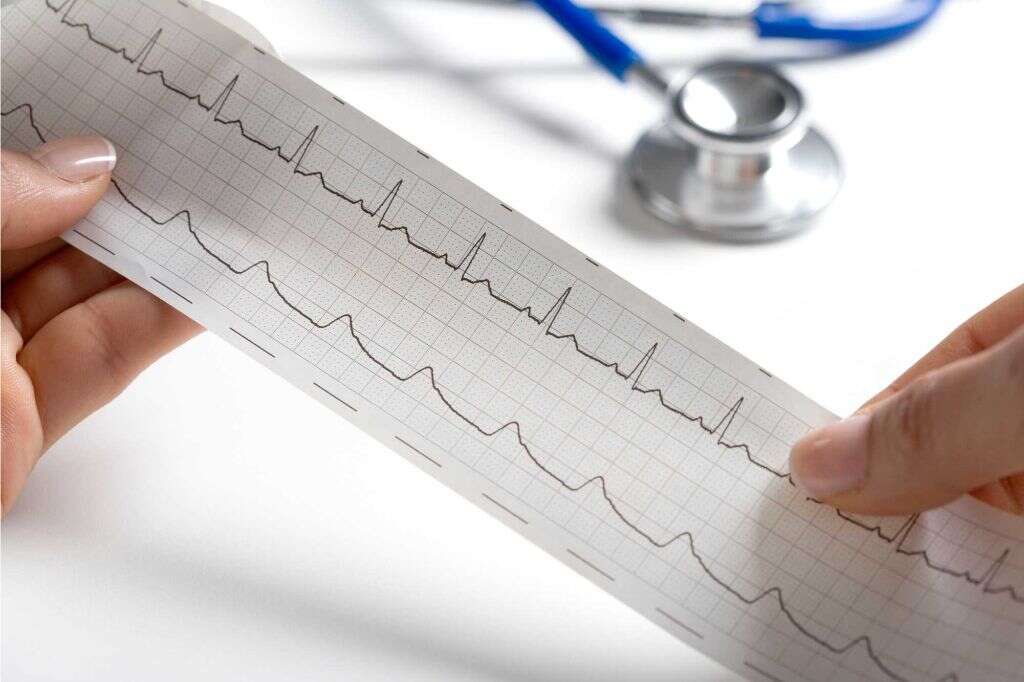
3. ECG
An ECG (electrocardiogram) is a device that is used to help monitor the rhythm of the heart and electrical impulses in the heart. To use it, a professional will attach electrodes to your body and these will help detect activity in the heart and give a reading.
An ECG’s ability to detect both rhythm and electrical impulses make them suitable for detecting Brugada syndrome, as well as some other conditions. The symptoms of Brugada syndrome can come and go, however, which means that an ECG will sometimes not be effective at detecting the condition. This can mean that several sittings are required.
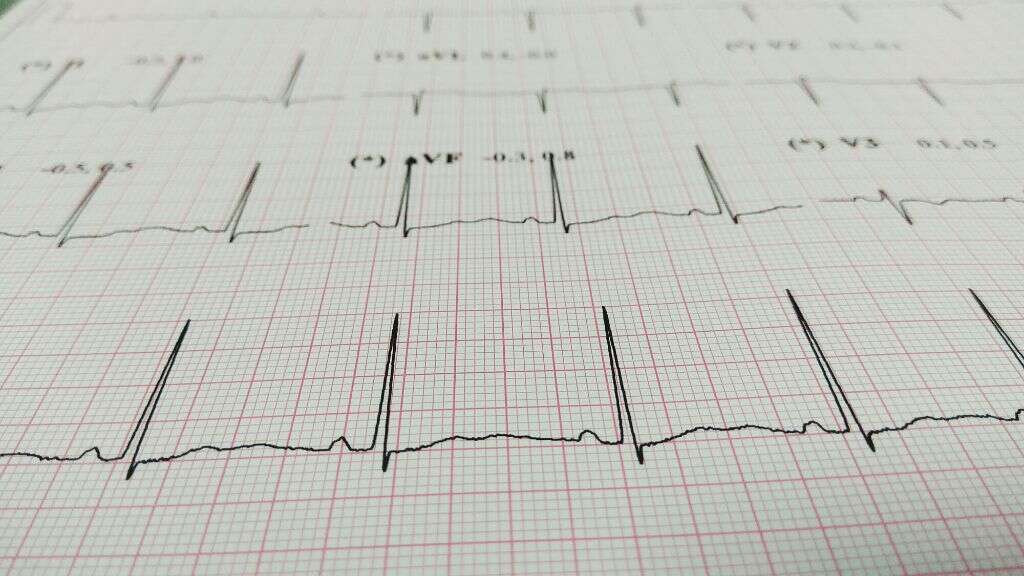
4. Provocation Test
In order to correctly diagnose the condition, medical professionals might sometimes use what is known as a provocation test. Basically, this means that the patient will be given an injection to help provoke the heart into a change in rhythm.
With the injection administered, there is a greater chance of an ECG identifying what the problem is, leading doctors to a diagnosis. Even then, a provocation test will not always lead to a correct diagnosis and the patient might need to undergo this procedure before a diagnosis can be reached. Thankfully, the procedure should not be too uncomfortable for the patient.

5. Testing Genes
Brugada syndrome is a condition that is sometimes inherited. Thus, medical professionals will sometimes want to perform gene testing to help identify genes that might be the cause behind the issue. This will help medical professionals to confirm the condition, helping them to prescribe the appropriate treatment.
Because Brugada syndrome is often inherited, the patients family members may also sometimes be checked for the faulty gene that causes it. This helps to solidify the diagnosis for the patient, while it also helps to identify potential problems in their family members. Your doctor might also ask if there is a history of other heart conditions in your family.
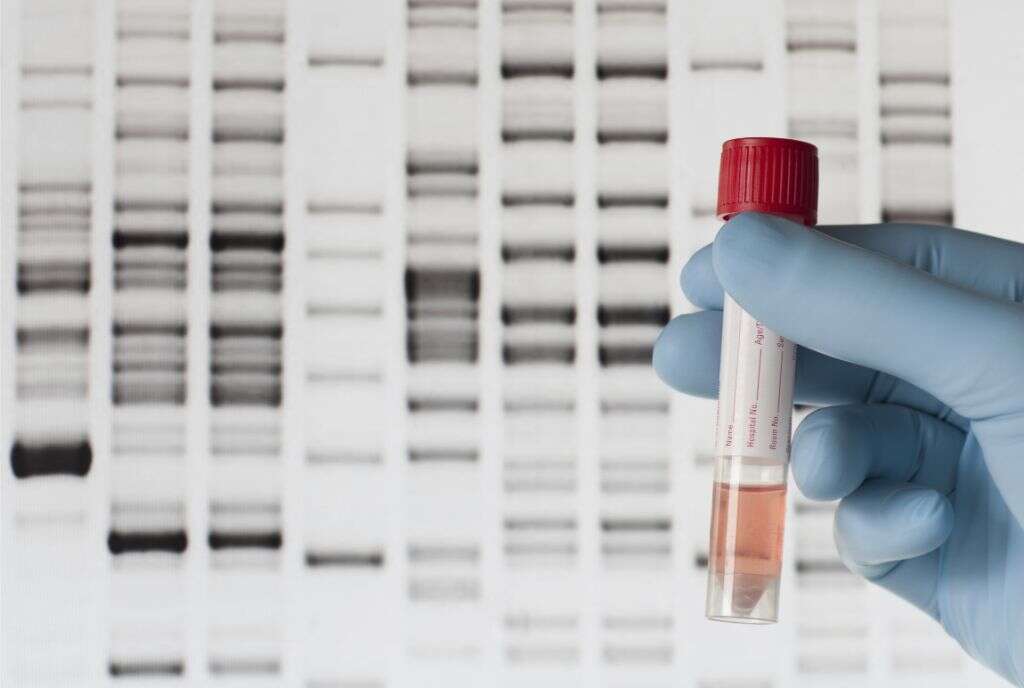
6. Electrophysiology
Another procedure that the patient might be expected to undertake is an electrophysiological study (EP). Electrophysiology is the study of how electricity is used by our tissues and cells. It involves taking measurements of electrical currents, among other things, to help get an idea of electrical activity in the body’s cells.
If irregularities in electrical activity in the hearts cells are detected then medical professionals are better equipped to reach the correct diagnosis. The procedure involves catheters being inserted into veins. It can be uncomfortable to bear, but anesthetics and sedatives are often used to make the experience easier for the patient.
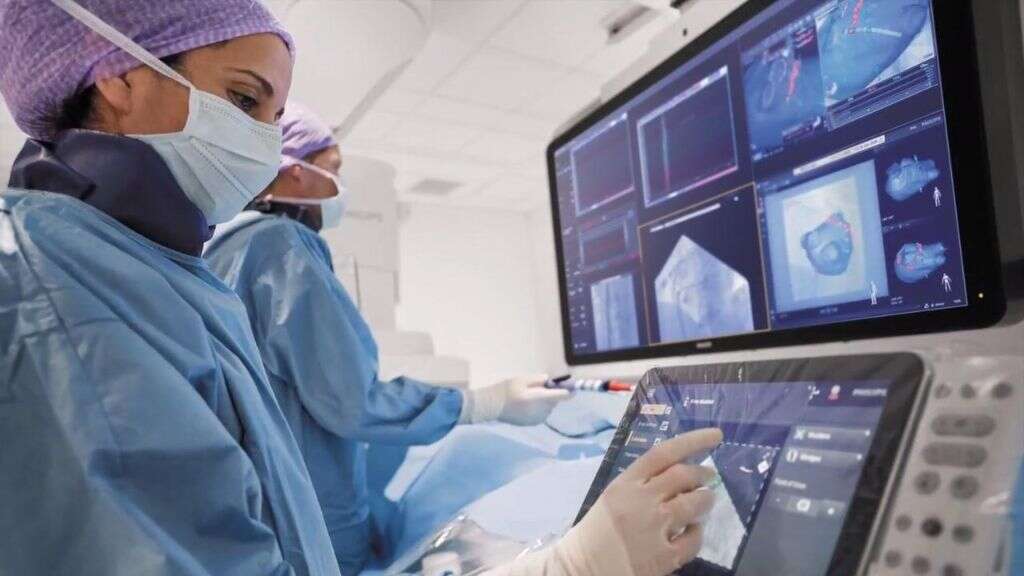
7. Palpitations
People with Brugada syndrome are likely to experience a number of unwelcome symptoms. One of these symptoms is palpitations, which means that the heart is beating in an irregular manner. Patients will often experience the symptoms as though their heart is pounding hard and/or beating faster than usual. Heart palpitations are usually harmless and are often caused by exercise.
Regardless, if the symptom continues and you feel as though something is not right then you should arrange to get it checked out. It could be something serious so it is a good idea to get it checked out to be on the safe side.
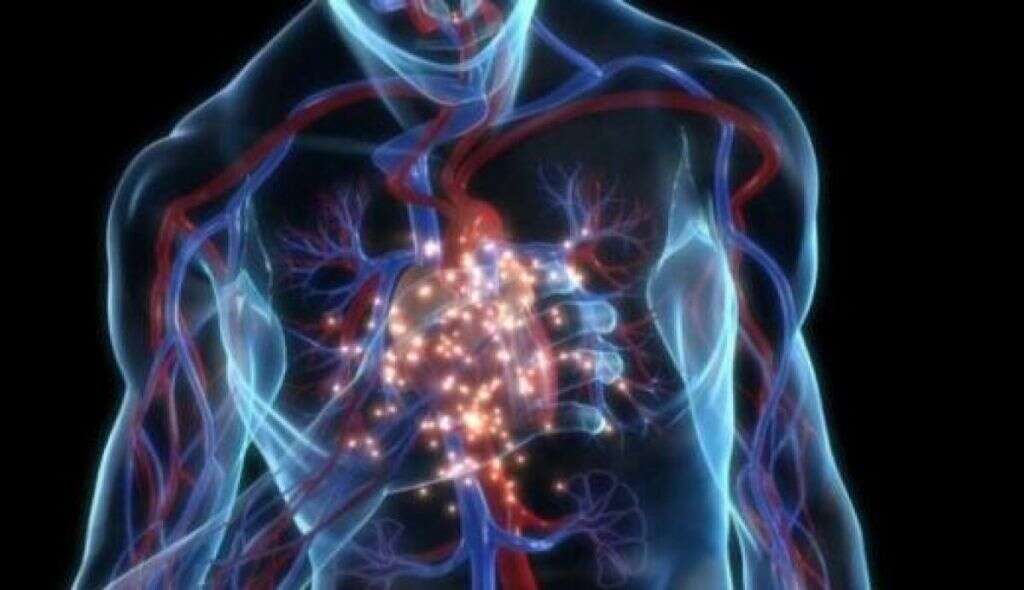
8. Lightheadedness
Our heart pumps blood to the rest of our body, including our brain. This blood carries a lot of oxygen, in addition to other resources that the cells in our body need. Our brain in particular needs a lot of oxygen if it is able to operate properly.
In cases of Brugada syndrome, the heart is not able to deliver a steady flow of blood to the brain and this also means the brain does not get the oxygen it needs. This will cause the brain to struggle to function properly, potentially leading to lightheadedness, and some patients may even experience black outs.

9. Cardiac Arrest
A cardiac arrest is when the body experiences a sudden loss of blood flow due to the heart not being able to pump the blood as effectively as it should. It is a very serious condition and potentially fatal so it should be treated as an immediate medical emergency.
Brugada syndrome can lead to cardiac arrest so it should never be taken too lightly. In some instances, a cardiac arrest might even be the first time the patient is aware that something is not right. Symptoms of a cardiac arrest include chest pain, difficulty breathing, nausea, dizziness, vomiting, fatigue, and loss of consciousness.

10. ICD Implants
As mentioned already, the heart pumps when electrical signals are sent to the muscles commanding them to contract. When these signals are irregular then it can lead to an irregular heartbeat, and this can cause problems. To overcome this, the patient might be fitted with an implantable cardioverter defibrillator (ICD).
An ICD works by sending electrical impulses to the heart, keeping it beating at a steady pace. This helps to overcome irregular signals that are sent naturally and can even help to protect the patient from a cardiac arrest. They are usually only fitted in people who have a significant risk of a cardiac arrest and/or other serious problems.









